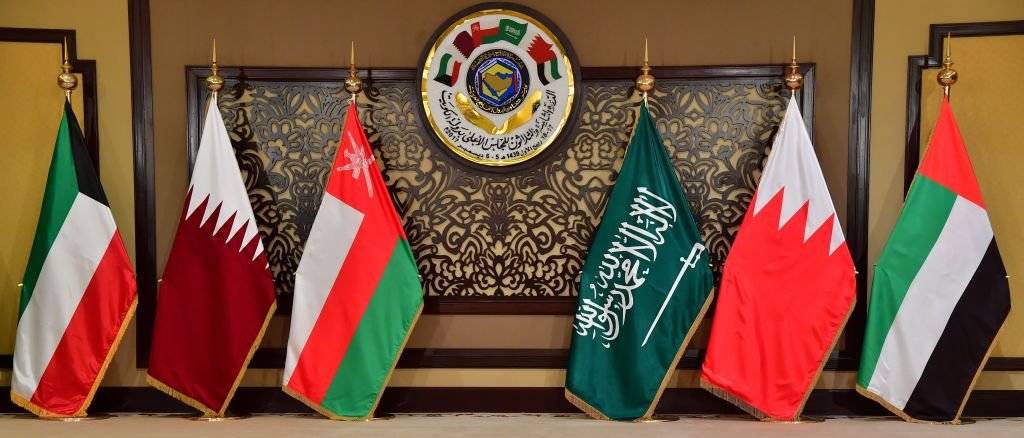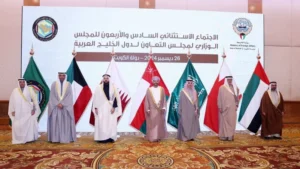GCC statistics witnesses massive growth in population, healthcare, others

The flags of the countries attending the Gulf Cooperation Council (GCC) summit are displayed at Bayan palace in Kuwait City on December 5, 2017. The Gulf Cooperation Council, which launches its annual summit today in Kuwait amid its deepest ever internal crisis, comprises six Arab monarchies who sit on a third of the world's oil. A political and economic union, the GCC comprises Saudi Arabia, the United Arab Emirates, Kuwait, Qatar, Oman and Bahrain. Dominated by Riyadh, it is a major regional counterweight to rival Iran. / AFP PHOTO / GIUSEPPE CACACE (Photo credit should read GIUSEPPE CACACE/AFP via Getty Images)
The population of the six Gulf Cooperation Council (GCC) nations rose to 57.6 million in 2023, up from 56.6 million in 2022, with males comprising 62.4% of the population and females 37.6%.
The region’s population density stood at 23.9 people per square kilometre across a total area of 2.4 million square kilometres.
The 2024 Atlas of GCC Statistics, unveiled by the GCC Statistical Centre, presents key data through statistical maps and interactive dashboards.
Secretary-General Jassim Mohammed Al Budaiwi emphasized the critical role of statistics in planning and development, while Intisar bint Abdullah Al Wahibiah, Director-General of the GCC Statistical Centre, highlighted its innovative integration of geographic and statistical data.
In 2023, the total workforce reached 33.1 million, with 45 million people of working age. The region reported 4.7 marriage contracts and 1.8 divorces per 1,000 people aged 15 and above in 2022.
Education saw 8.9 million students enrolled in schools and 712,400 in early childhood programs during the 2021/2022 academic year.
In the healthcare sector, GCC hospitals totaled 843, with government facilities comprising 58.4%. Healthcare availability included 29.6 physicians and 61.2 nurses per 10,000 residents. Rainfall increased by 18.8% from 2000 to 2022, while desalinated water production grew by 9.0% annually.
The GCC’s foreign trade reached $1.482 trillion, with commodity exports at $823.1 billion, and nominal GDP at $2.113 trillion, despite a 3.5% decline in growth. Inflation remained moderate at 2.2%.
The region welcomed 68.1 million tourists, supported by 10,900 hotels. Telecommunications boasted 5.5 million fixed lines and 94.9 million mobile subscriptions.



